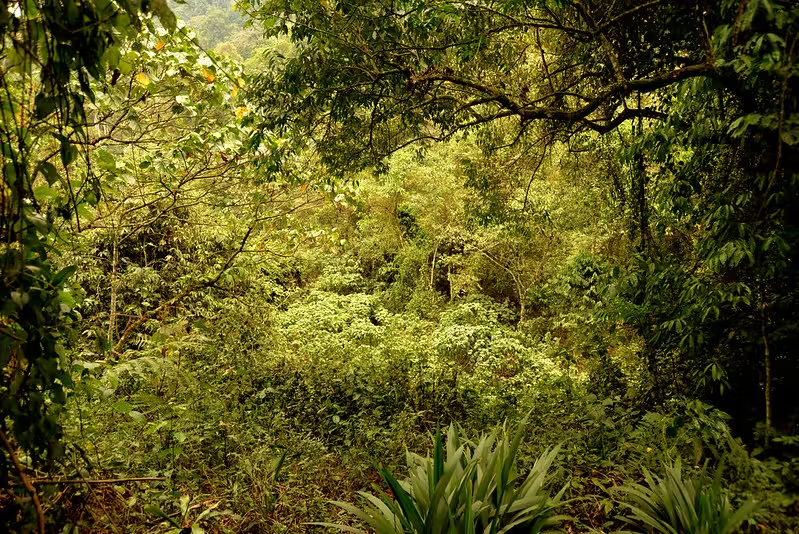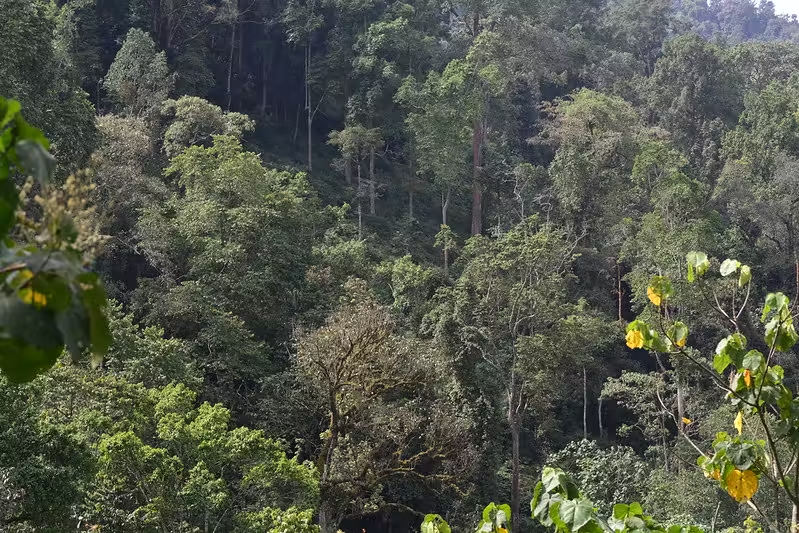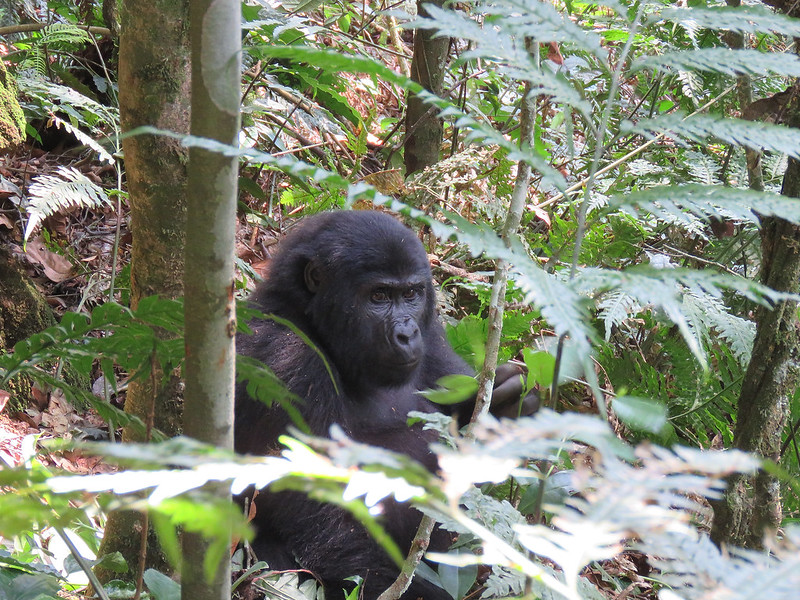Trees and Vegetation in Bwindi Forest
The deep southwest of Uganda is home to Bwindi Impenetrable National Park, which is made up of mixed woods with African yellow wood, symphonia globulifera, strombosia scheffeleri, and Newtonia.
 Due to its importance to ecology, Bwindi Impenetrable National Park was also inducted as a UNESCO World Heritage site. The Pleistocene glaciation that occurred in this tropical rain forest provided a haven for various species throughout that period, which is why Bwindi Impenetrable National Park in East Africa has the richest trees and vegetation among all the rain forests in the region. There are over 220 different types of trees in the park, which accounts for over 50% of all tree species in Uganda, and over 100 different types of ferns. Within the Bwindi Impenetrable National Park, the brown mahogany is the most vulnerable plant species.
Due to its importance to ecology, Bwindi Impenetrable National Park was also inducted as a UNESCO World Heritage site. The Pleistocene glaciation that occurred in this tropical rain forest provided a haven for various species throughout that period, which is why Bwindi Impenetrable National Park in East Africa has the richest trees and vegetation among all the rain forests in the region. There are over 220 different types of trees in the park, which accounts for over 50% of all tree species in Uganda, and over 100 different types of ferns. Within the Bwindi Impenetrable National Park, the brown mahogany is the most vulnerable plant species.
In addition, 400 plant species and an astounding diversity of wildlife make Bwindi Impenetrable National Park the most well-known. If Bwindi Impenetrable National Park is still standing, it must be at least 25,000 years old. Why this park was named Bwindi Impenetrable National Park is a question that many people wonder. This was due to the fact that Bwindi Impenetrable National Park was extremely uninhabitable in its early years and impossible for people to go through because it was tough to get through the forest and find a way.
Bwindi is renowned for having mountain gorillas in addition to its trees and vegetation, which makes it one of the most popular national parks in Uganda. It is situated in the deep southwest of Uganda, namely in the districts of Kanungu, Rubanda, and Kisoro. On the other hand, the Bwindi Impenetrable National Park serves as a water catchment area that has historically supported agricultural techniques, particularly for the nearby local inhabitants.
parks in Uganda. It is situated in the deep southwest of Uganda, namely in the districts of Kanungu, Rubanda, and Kisoro. On the other hand, the Bwindi Impenetrable National Park serves as a water catchment area that has historically supported agricultural techniques, particularly for the nearby local inhabitants.

